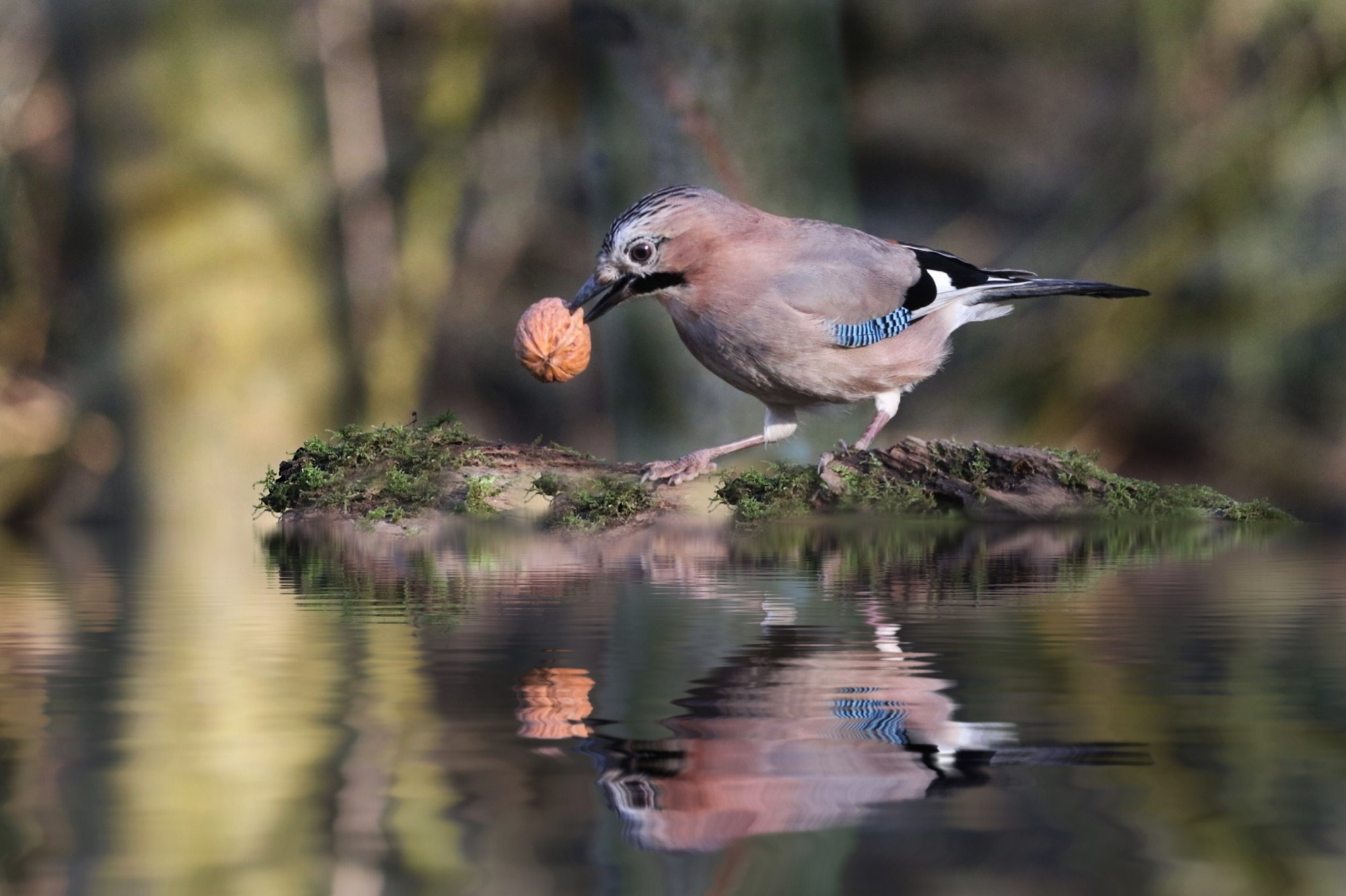

Scientists have repeatedly proven that it is hard to say no to a tasty treat if it’s sitting right in front of you. Psychologists have used the Stanford marshmallow experiment since the early 1970s to study how delayed gratification and self-control work. In the experiment, scientists offer a child either a small but instant reward or a larger reward if they wait 15 minutes for their treat. The child is then rewarded with a marshmallow or pretzel stick, depending on their preference.
Additional studies using the marshmallow test found that the children who could wait longer for rewards tended to have better life outcomes and show higher intelligence. More recently, the predictive powers of the test have come under scrutiny, but the experiment has historically been a way to study how individuals react to temptation.
[Related: 7 creatures with skills that easily beat humans.]
Humans aren’t the only ones undergoing this sweet test. This ability for self-control has also been linked to cuttlefish and chimpanzees’ intelligence, and now, it’s the birds’ turn.
A study published today in the journal Philosophical Transactions of the Royal Society B has found that Eurasian jays (Garrulus glandarius) can pass an avian version of the marshmallow test. The birds that showed the most self-control also scored higher on intelligence tests. According to the study authors, this is the first evidence of a link between self-control and intelligence in birds.
Instead of using marshmallows, Scientists showed ten birds mealworms (the Eurasian jay version of chocolate), bread, and cheese, which the jays typically prefer in that order. The birds could choose between the immediately available bread or cheese or a mealworm. The extra tasty mealworm sat in their line of vision and behind a screen but could only get to after a delay and the screen opening.
The team tested delay times from five seconds up to five and a half minutes before scientists offered a tasty mealworm if the jay resisted eating the bread or cheese. While all the birds in the experiment could wait for the mealworm, some jays could wait longer than others. A bird named JayLo scored the highest by ignoring the cheese and bread for five and a half minutes before scoring a mealworm. Homer and Dolci could only wait 20 seconds max.
[Related: Artificial intelligence is helping scientists decode animal languages.]
“It’s just mind-boggling that some jays can wait so long for their favorite food. In multiple trials, I sat there watching JayLo ignore a piece of cheese for over five minutes – I was getting bored, but she was just patiently waiting for the worm,” said Alex Schnell from the University of Cambridge’s Department of Psychology and first author of the study, in a statement.

The study reports that the jays looked away from the cheese or the bread, possibly to distract themselves from the other food. Researchers previously used the technique in children and chimpanzees.
To measure their general intelligence, the team also used five cognitive tests. The jays that performed better in these tests could also wait longer for the mealworm, the way that JayLo could. According to Schnell, these results suggest that intelligence is linked with self-control in jays.
“The birds’ performance varied across individuals – some did really well in all the tasks and others were mediocre. What was most interesting was that if a bird was good at one of the tasks, it was good at all of them – which suggests that a general intelligence factor underlies their performance,” said Schnell.
Jays are members of the corvid family of birds nicknamed the “feathered apes” due to their impressive cognitive abilities. Birds in the corvid family are known to cache (or hide) their food to save it for later. The researchers believe this may have driven the evolution of self-control in these birds.